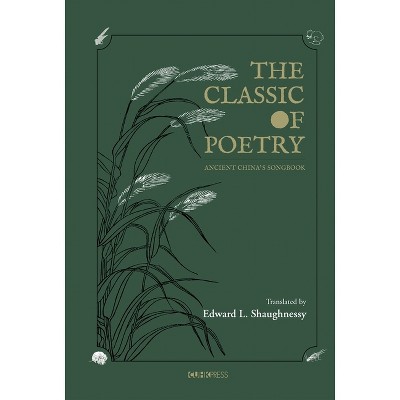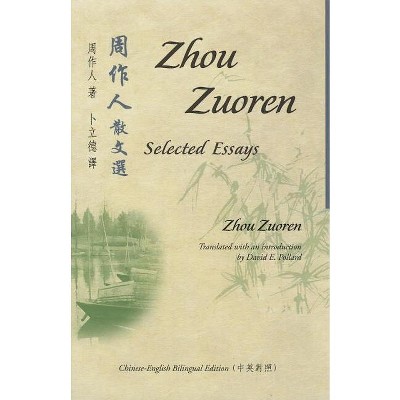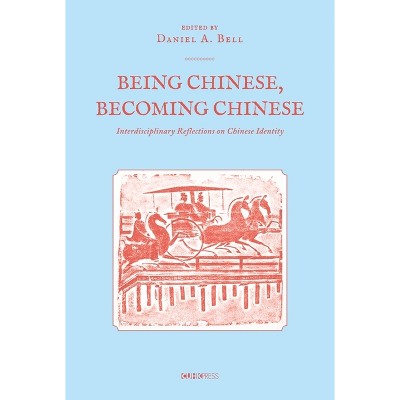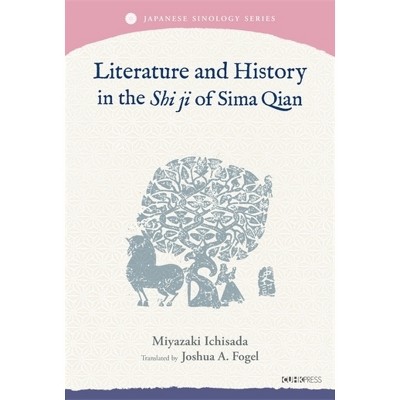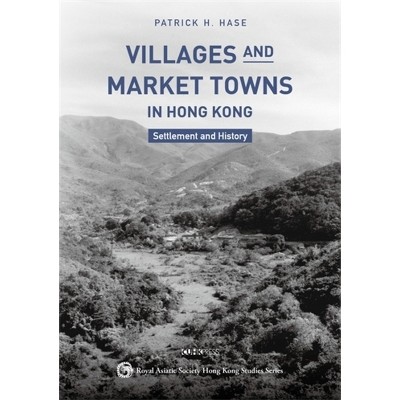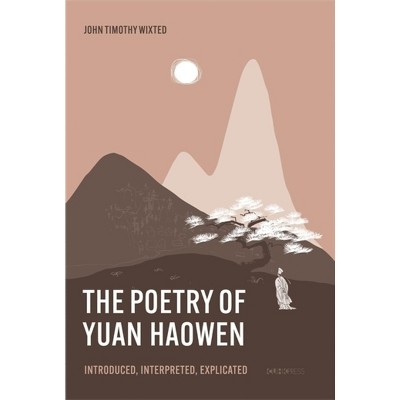Sponsored

Posters of 798 - by Yong Xu (Paperback)
Pre-order
Sponsored
About this item
Highlights
- The 798 Art District, born out of the repurposing of abandoned factory buildings in northeastern Beijing, became a symbol of China's booming contemporary art scene in the early twenty-first century.
- About the Author: Xu Yong is a Shanghai-born artist and art archive researcher (b. 1954).
- 1424 Pages
- Art, Asian
Description
About the Book
This book documents 798's remarkable pioneering decade between 2002 and 2012, capturing the art district's heyday, as well as its subsequent decline following the global financial crisis and the resulting downturn in the Chinese art marketBook Synopsis
The 798 Art District, born out of the repurposing of abandoned factory buildings in northeastern Beijing, became a symbol of China's booming contemporary art scene in the early twenty-first century. Initiatives such as "Reconstruction 798" spurred the development of the art district, creating a public, market-driven hub of contemporary art that reached its zenith around the time of 2008 Beijing Olympics. This book documents 798's remarkable pioneering decade between 2002 and 2012, capturing the art district's heyday, as well as its subsequent decline following the global financial crisis and the resulting downturn in the Chinese art market. Presenting his personal collection of nearly one thousand event posters and firsthand interviews with sixteen eminent artists, curators, and gallery owners, Xu Yong provides an invaluable record of contemporary Chinese art during this transformative period.About the Author
Xu Yong is a Shanghai-born artist and art archive researcher (b. 1954). After graduating from Henan University of Science and Technology in 1978, he worked as a photographer at a state-owned Beijing advertising company (1984-1988).
In the 1990's, he pioneered cultural tours exploring Beijing's historic alleyways. As a key figure in the establishment of the 798 Art District, he founded the 798 Space Gallery and the 798 Photo Gallery in 2002, and initiated the "Reconstruction 798" event in 2003, which redefined the former factory complex into a significant cultural hub.
His photographic works include Hutong 101 Photos, Solution Scheme, 18% Gray, This Face and Negatives: Scans; he also edited The April Photo Society.
Shipping details
Return details
Trending Non-Fiction






